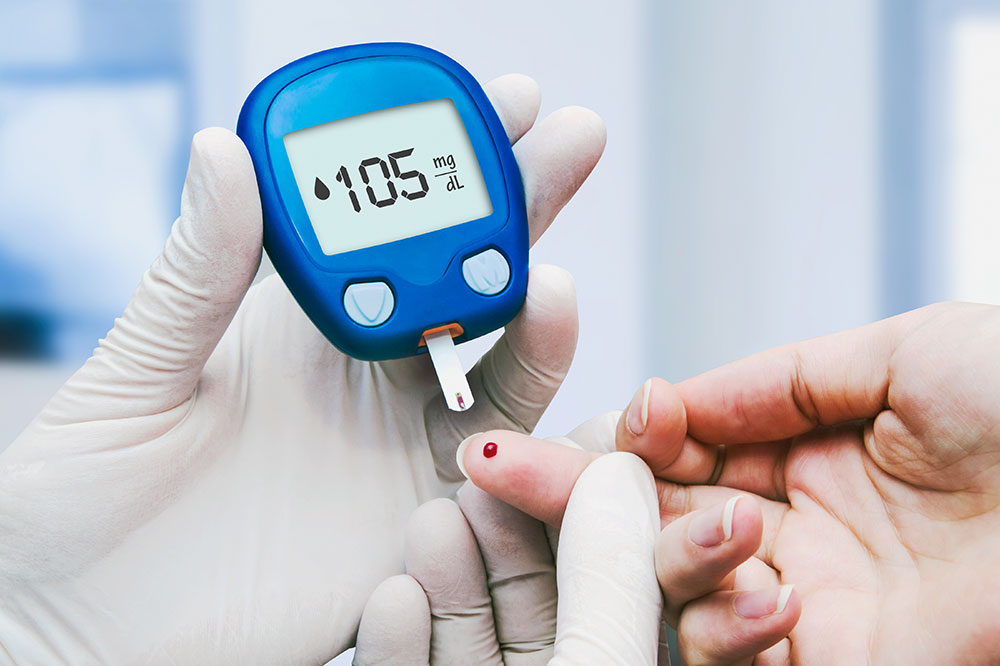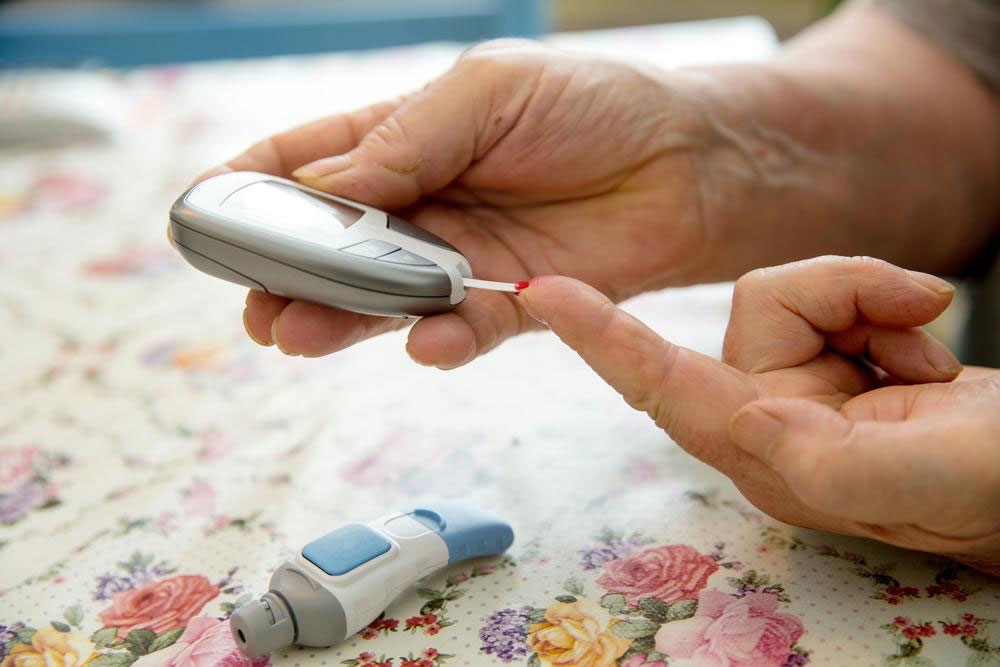Comprehensive Guide to Understanding Diabetes and Effective Management Strategies
This comprehensive article offers detailed insights into diabetes, including its types, causes, diagnostic methods, and effective prevention strategies. It emphasizes the crucial role of lifestyle changes in reducing risk and managing the condition effectively, aiming to educate readers on maintaining optimal health and preventing serious complications associated with diabetes.

Comprehensive Guide to Understanding Diabetes and Effective Management Strategies
Diabetes mellitus is a complex metabolic disorder characterized by chronic high blood sugar levels, which can lead to severe health complications if not properly managed. The condition arises mainly from dysfunctions in insulin production or utilization. Understanding the vital role of the pancreas in insulin secretion, the different types of diabetes, diagnostic methods, and effective prevention and management strategies is crucial for individuals at risk or already diagnosed. This comprehensive guide explores these areas in detail, offering valuable insights into maintaining optimal health and preventing complications associated with diabetes.
The Role of the Pancreas in Blood Sugar Regulation
At the core of blood sugar regulation lies the pancreas, a vital organ situated behind the stomach. The pancreas produces insulin, a hormone essential for transporting glucose from the bloodstream into body cells, where it is used as energy. When functioning correctly, it maintains blood glucose levels within a normal range, typically between 70-99 mg/dL after fasting. However, when the pancreas fails to produce enough insulin or the body becomes resistant to its effects, blood sugar levels rise, leading to diabetes. Understanding this fundamental process underscores the importance of pancreatic health and the need for early intervention when issues arise.
Types of Diabetes: An In-Depth Overview
Diabetes manifests primarily in three distinct forms, each with unique causes, characteristics, and management approaches. Recognizing these differences is essential for accurate diagnosis and effective treatment planning.
Type 1 Diabetes
This form of diabetes, also known as juvenile diabetes, is an autoimmune condition where the immune system mistakenly attacks the insulin-producing beta cells in the pancreas. It is most commonly diagnosed in children, adolescents, and young adults but can occur at any age. Individuals with type 1 diabetes require daily insulin injections or use insulin pumps to regulate their blood glucose levels, as their bodies produce little to no insulin. The exact cause remains unclear but involves a combination of genetic predisposition and environmental triggers such as viral infections. Managing type 1 diabetes involves a careful balance of insulin therapy, blood glucose monitoring, dietary management, and regular physical activity.
Type 2 Diabetes
Representing approximately 90% of all diabetes cases worldwide, type 2 diabetes is characterized by insulin resistance—where the body's cells do not respond effectively to insulin. This form mainly affects adults, particularly those who are overweight or obese, have a sedentary lifestyle, or have a family history of the disease. Unlike type 1, the pancreas still produces insulin, but the body's cells fail to respond to it properly. Over time, the pancreas may also reduce insulin production, complicating control efforts. Management strategies focus on lifestyle modifications such as adopting a balanced diet, increasing physical activity, weight loss, and medications like metformin. In some cases, insulin therapy may become necessary.
Gestational Diabetes
This temporary form develops during pregnancy, usually around the 24th to 28th week. It occurs when hormonal changes impair insulin efficiency, leading to elevated blood glucose levels. Gestational diabetes can pose risks to both mother and baby, increasing the likelihood of complications such as preeclampsia, premature birth, and large birth weight. Fortunately, it often resolves postpartum; however, women who experience gestational diabetes are at higher risk of developing type 2 diabetes later in life. Managing gestational diabetes involves dietary modifications, regular blood sugar monitoring, physical activity, and sometimes insulin therapy to ensure healthy pregnancy outcomes.
Diagnostic Techniques for Diabetes Detection
Early diagnosis of diabetes is vital to prevent complications like nerve damage, kidney failure, cardiovascular disease, and vision loss. Several medical tests are employed to confirm the presence and type of diabetes:
Hemoglobin A1C Test
This blood test measures the average blood glucose concentration over the past three months, providing an overview of long-term glycemic control. Levels of 6.5% or higher typically indicate diabetes, while levels between 5.7% and 6.4% suggest prediabetes. Maintaining A1C levels below 7% is generally recommended for effective management.
Fasting Blood Sugar Test
This test involves measuring blood glucose after an overnight fast (at least 8 hours). Readings of 126 mg/dL or higher confirm a diabetes diagnosis, whereas 100-125 mg/dL indicates prediabetes.
Oral Glucose Tolerance Test (OGTT)
This test assesses the body's response to a glucose load. The patient fasts overnight, then drinks a sugary liquid. Blood glucose levels are measured at intervals, with levels above 200 mg/dL two hours after ingestion indicating diabetes.
Specialized tests are also available for diagnosing gestational diabetes, primarily involving a screening glucose challenge followed by a confirmatory OGTT if initial results are abnormal.
Prevention and Lifestyle Strategies to Reduce Diabetes Risk
While genetic and environmental factors contribute to diabetes risk, lifestyle interventions can significantly reduce the likelihood of developing type 2 diabetes. Key preventive measures include:
Healthy Diet: Emphasize whole grains, fruits, vegetables, lean proteins, and healthy fats. Limit intake of refined carbohydrates, sugars, and processed foods to prevent blood sugar spikes.
Regular Physical Activity: Aim for at least 150 minutes of moderate exercise weekly, such as brisk walking, swimming, or cycling. Physical activity enhances insulin sensitivity and promotes weight management.
Weight Management: Achieving and maintaining a healthy weight reduces strain on the pancreas and improves overall metabolic health. Even a modest weight loss of 5-10% can markedly lower diabetes risk.
Hydration and Hydration Strategies: Drink plenty of water to support metabolic processes and blood sugar regulation.
Smoking Cessation and Avoidance of Excessive Alcohol: These prevent additional metabolic stress and reduce cardiovascular risk associated with diabetes.
Implementing these habits not only reduces the risk but also aids in controlling blood sugar levels for those already diagnosed. Regular health check-ups are essential for early detection and effective management of prediabetes and diabetes.





